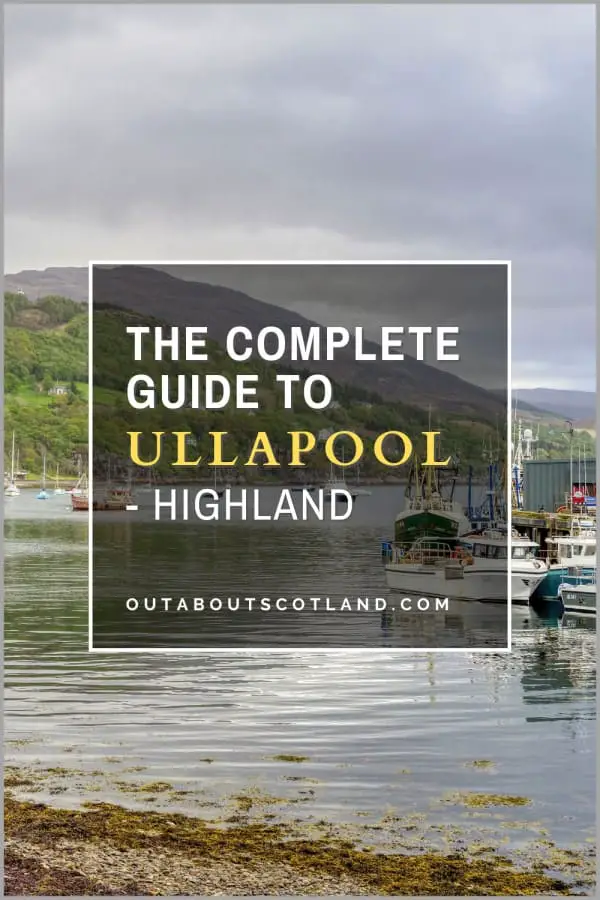Fort George, situated near Inverness in the Highlands, was built in 1746 in the wake of the Battle of Culloden and is recognised as one of the largest 18th-century fortifications in the world. The fort is still in use today by the British Army, but it’s also open for tourists to explore thanks to Historic Environment Scotland which maintains the on-site museums, munitions depot, and collections of historic weaponry.
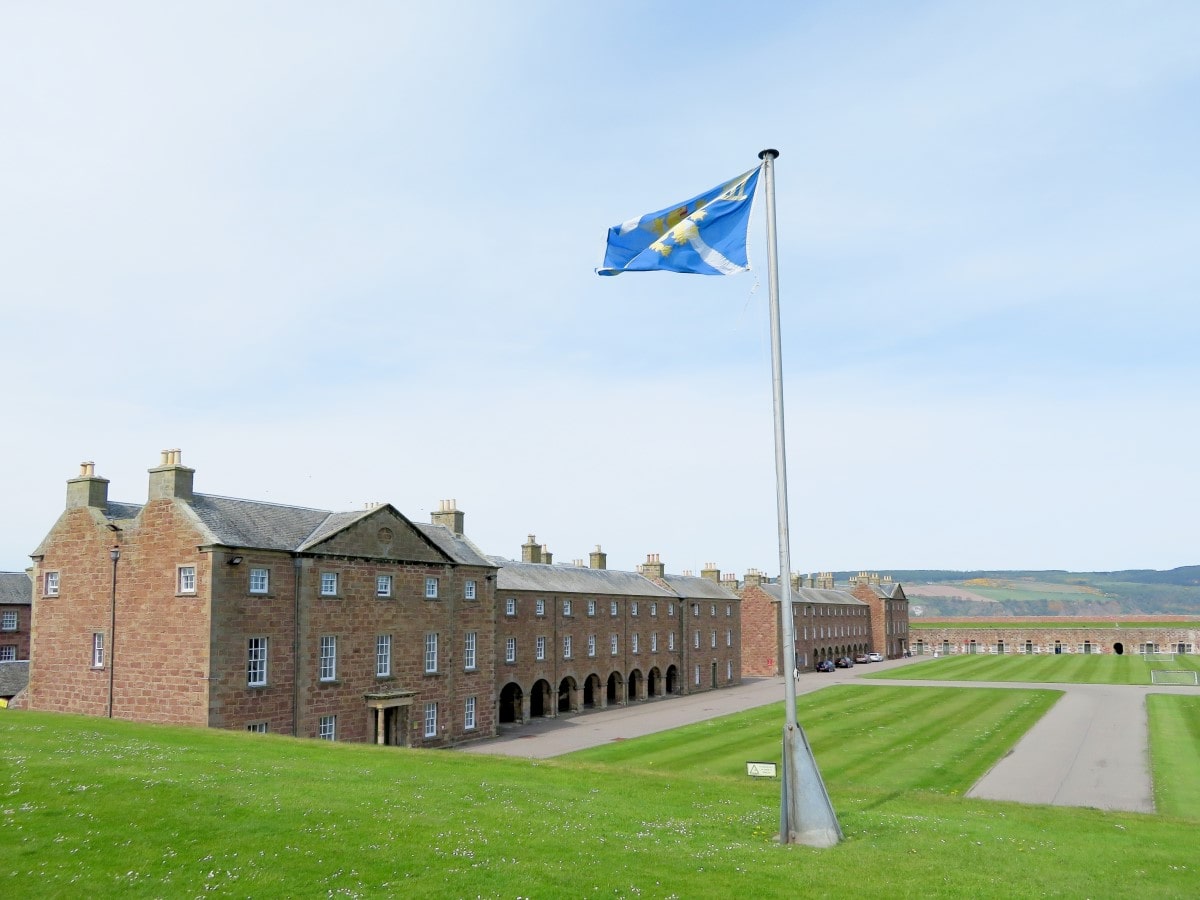
| Address: | Inverness, IV2 7TD |
| Opening Hours: | 1 Apr to 30 Sept: Daily, 9.30 am to 5.30 pm, last entry 4.45 pm 1 Oct to 31 Mar: Daily, 10 am to 4 pm, last entry 3.15 pm |
| Admission Price: | Adult (16-64yrs) £9.50 Concession (65yrs+ and unemployed) £7.50 Child (5-15yrs) £5.50 Family (1 adult, 2 children) £19.00 Family (2 adults, 2 children) £27.50 Family (2 adults, 3 children) £32.50 |
| Parking: | Free on-site car park |
| Contact: | 01667 460 232 |
| Facilities: | Restaurant, toilets, disabled access, gift shop, bike rack, guided tours, picnic area, water refill |
| Photos: | Virtual Tour YouTube Video |
Overview
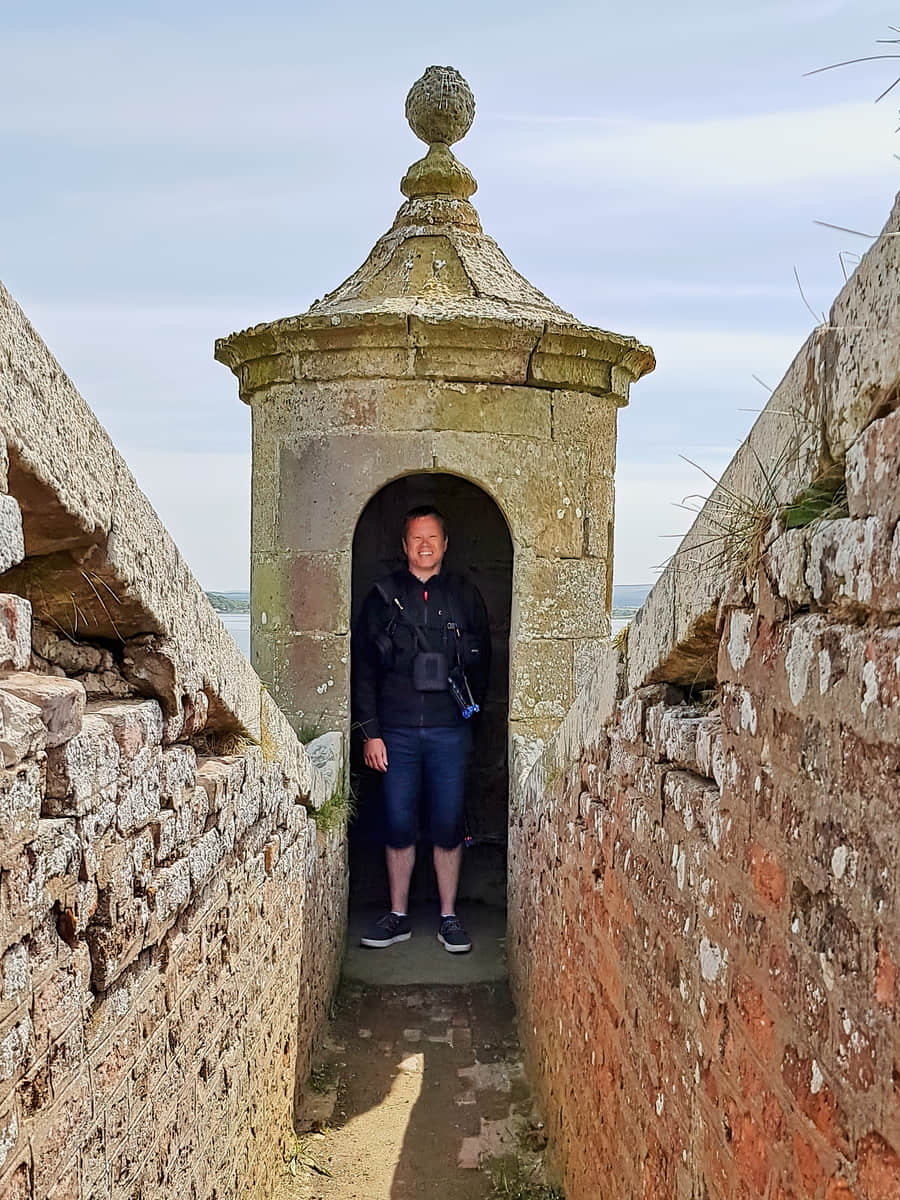
Fort George, located near Inverness, is a prominent fortress that was built in the 18th century. It’s one of the best-preserved fortifications of its age in Europe and is positioned on a promontory that offers panoramic views of the Moray Firth. Inside, visitors can explore the Highlanders’ Museum, restored barrack blocks, an ammunition store, and many other fascinating military-themed attractions.
The Battle of Culloden in 1746 marked the end of the Jacobite uprising and the attempt by Bonnie Prince Charlie to claim the throne of Britain for the Stuart monarchy. It was also the catalyst for the creation of one of the grandest fortifications in Europe – the magnificent Fort George near Inverness.
This mighty barracks took a full 22 years to build and was originally intended to be a secure base for the army of King George II after Culloden, but by the time the building works had been completed, the threat from the Jacobites had all but disappeared. Even so, the fort remained an important defensive position for the British army for the following 250 years, and it’s still in use as a British military base today.
This garrison fortress has barely changed since being built in the mid-1700s, and it’s one of the few places in Scotland that’s open as a tourist attraction while still being used just as it would have been over 200 hundred years ago. It’s a great place to take a step back in time and offers visitors a unique insight into life as a British Redcoat in the years following the Jacobite uprising.
The military base is surprisingly big, and within its 1-mile perimeter of fortified walls you’ll see defensive platforms bristling with cannon, collections of original weaponry, a regimental chapel, restored barrack rooms, and a museum dedicated to the Highlanders Batallion of the Royal Regiment of Scotland.
Perhaps topping the list of these highlights though is Fort George’s location, nestled on the banks of the spectacular Moray Firth and looking out across the countryside of Inverness. You’ll see loads of wildlife there (including dolphins) so be sure to take your camera and binoculars with you when you visit.
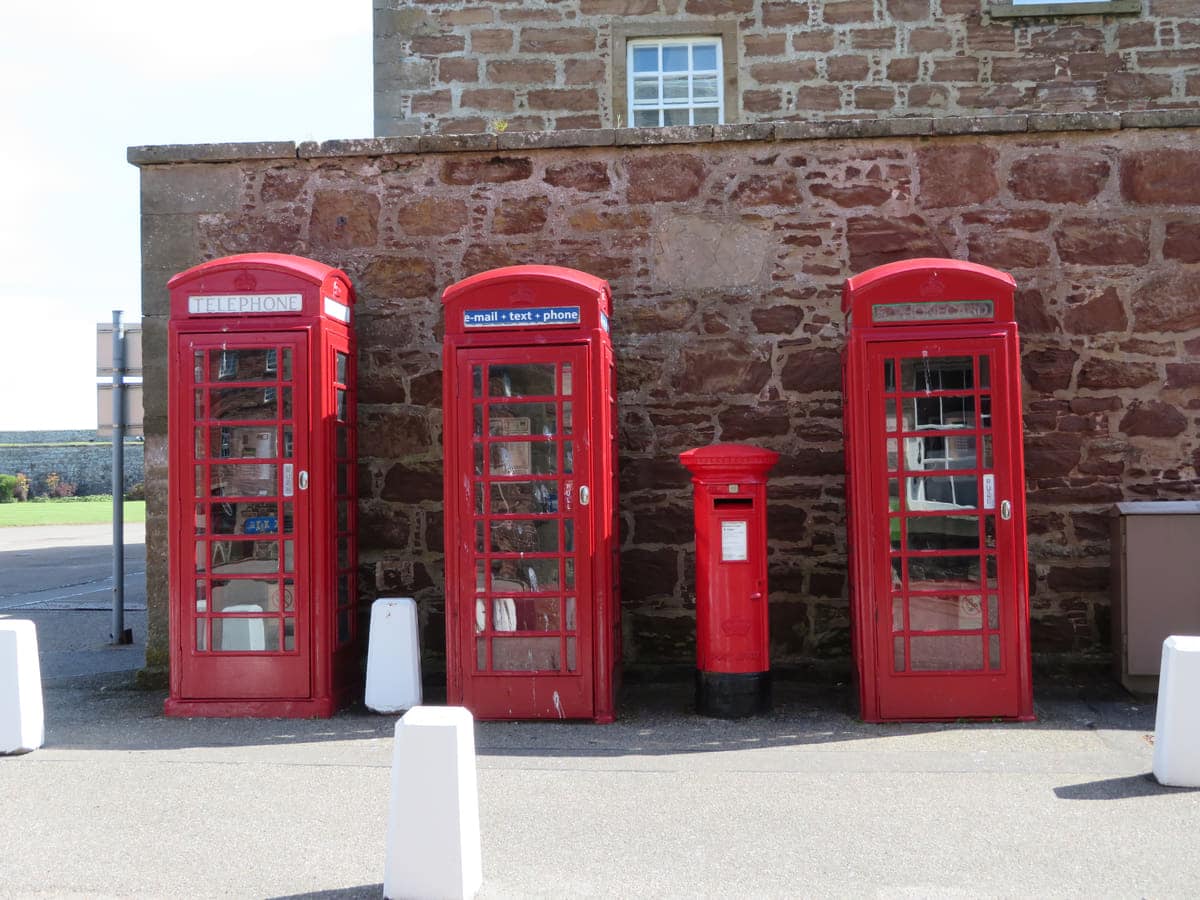
The Highlights
1: Fort George is one of the world’s finest examples of 18th-century military engineering, offering a unique insight into the Georgian era’s military history. The fort is still in active use today, which adds to its unique appeal.
2: The view across the Moray Firth from the cannon platform is stunning. Keep an eye open for the resident dolphins with a pair of binoculars (my recommended optics).
3: The fort houses the Highlanders’ Museum, the second-largest regimental museum in Scotland, which covers three floors of the former Lieutenant Governors’ House. The museum has a collection of medals, weapons, uniforms, paintings, and other military memorabilia spanning over 200 years.
Visiting Tips
1: It’s a little expensive if you’re not a Historic Environment Scotland member, but you can save money by joining before you visit. Membership with HES allows unlimited free entry to all of their sites across Scotland.
2: There’s an army-run café on the grounds which is very good and much cheaper than the HES one.
3: Fort George is close to Inverness so it’s a good place to include in a weekend break in the Highland capital. Driving from Inverness to Fort George takes around 20 minutes.
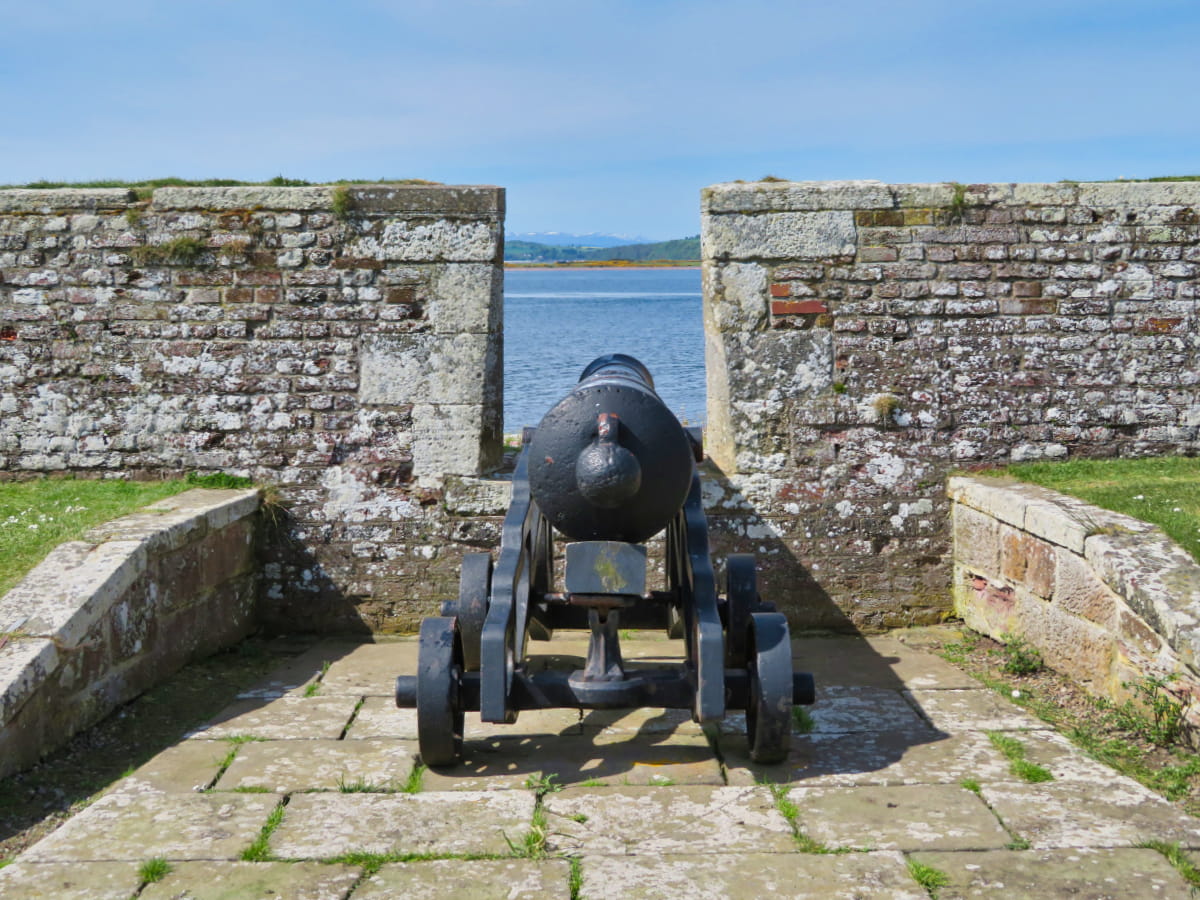
Tourist Information
The size of this historic attraction makes it impossible not to be impressed. On entering the site, you’re confronted with vast defensive walls that ring an exceptionally deep and wide trench that would have been almost impossible to breach. Amazingly, these defensive walls are over a mile in length and enclose an area the size of five football pitches.
Pass through the killing gates (where enemy soldiers would have been trapped and fired on from all angles), and you enter the main courtyard where a series of neat barrack blocks face a beautifully manicured lawn. It’s all too easy to imagine the training and exercises that countless soldiers would have performed over the last 250 years, and walking between the regimental buildings will open up plenty of unexpected surprises.
On one side, you’ll see the grand magazine, originally designed to hold nearly 3,000 gunpowder barrels but now home to one of the finest collections of weaponry in Scotland. On the other, you’ll find the Highlanders Museum, the second-largest regimental museum in Scotland after the National War Museum at Edinburgh Castle.
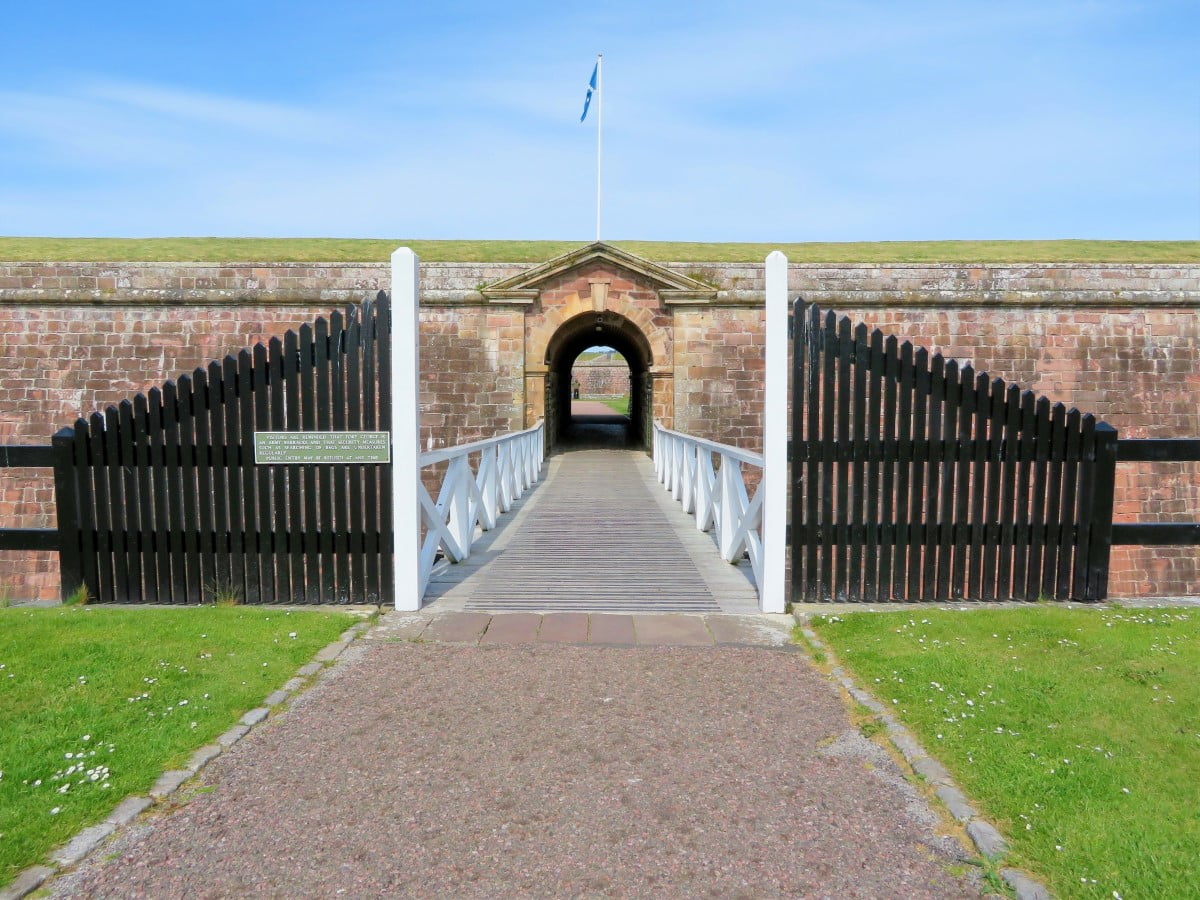
Continue exploring the fort and you’ll find the barrack rooms with their recreations of 200-year-old soldier’s quarters, while the far end of Fort George opens up to the garrison chapel and one of only two military dog cemeteries in Scotland. At the ramparts surrounding the chapel you’ll be able to take in the fabulous views of the Moray Firth, and if you’re lucky, you’ll see pods of bottlenose dolphins swimming close to the shoreline.
There are plenty of opportunities to relax while you’re exploring the site thanks to the facilities installed by Historic Environment Scotland. A picnic area and café allow tired feet to take a rest, while the well-stocked gift shop offers plenty of opportunities to find the perfect souvenir of your visit.
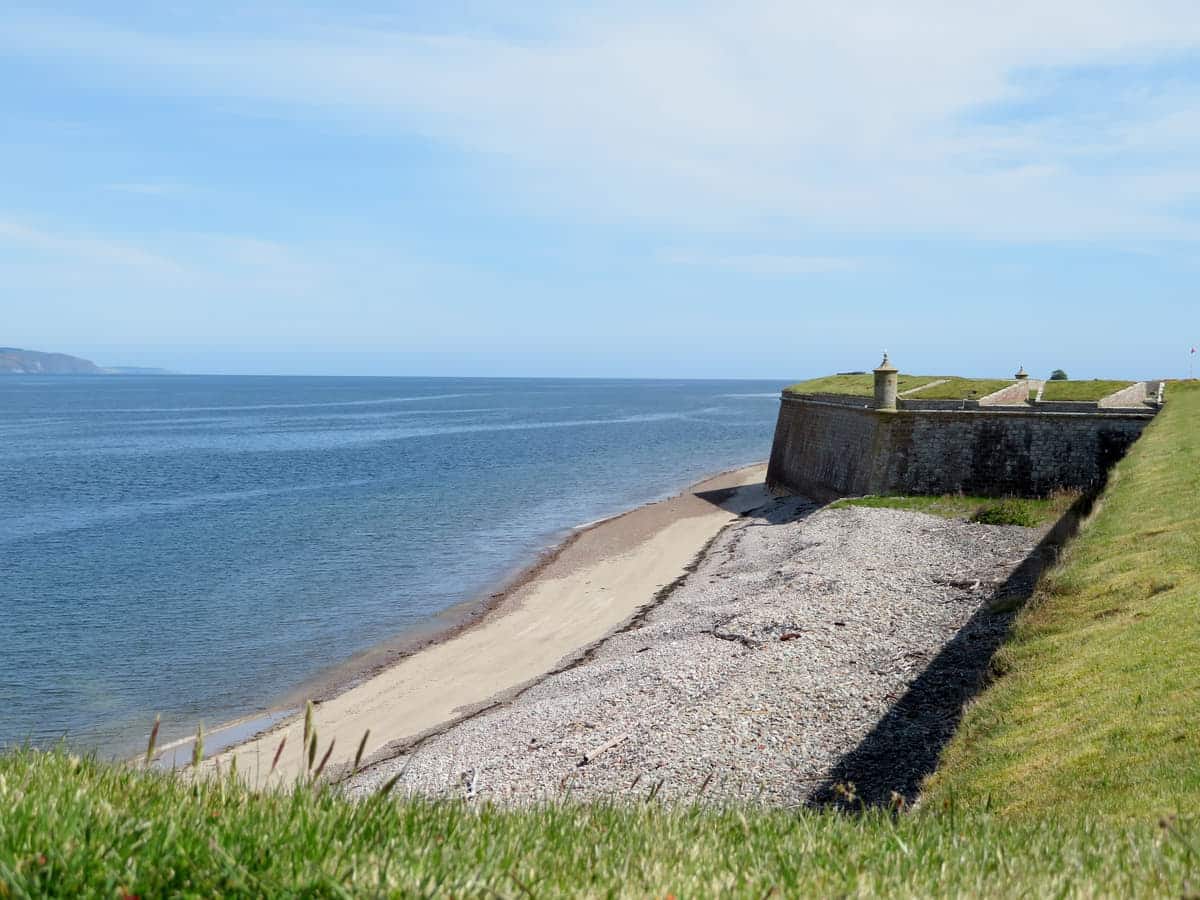
Things to Do
Exploring the Fortifications: Fort George is a remarkable example of 18th-century military architecture. Visitors can stroll around the impressive battlements which offer panoramic views of the Moray Firth, explore the original barrack blocks, see the old munitions store, and look inside the regimental church.
Visit the Highlanders’ Museum: The museum hosts a vast collection of artefacts, medals, documents, and pictures that vividly narrate the history of the Queen’s Own Highlanders. From their involvement in both World Wars to peacekeeping missions in modern times, the museum offers an educational and immersive experience.
Wildlife Watching: Fort George is not only a historical site but also a spectacular spot for wildlife watching. The fort’s location by the sea makes it an ideal place to spot dolphins, seals, and a wide range of bird species. Binoculars (link to binocular reviews) are recommended for the best experience.
Guided Tours: To fully appreciate the fort’s history, guided tours are highly recommended. Knowledgeable guides provide in-depth information about the fort, including stories about the soldiers who lived and worked there. To book a tour, take a look at the Get Your Guide website.
Lunch in the Fort: The Fort George Cafe serves a delectable range of home-cooked traditional meals including soups, sandwiches, cakes, and an assortment of hot drinks. After you’ve refilled hungry bellies, head over to the shop where you can pick up a memento of your visit.
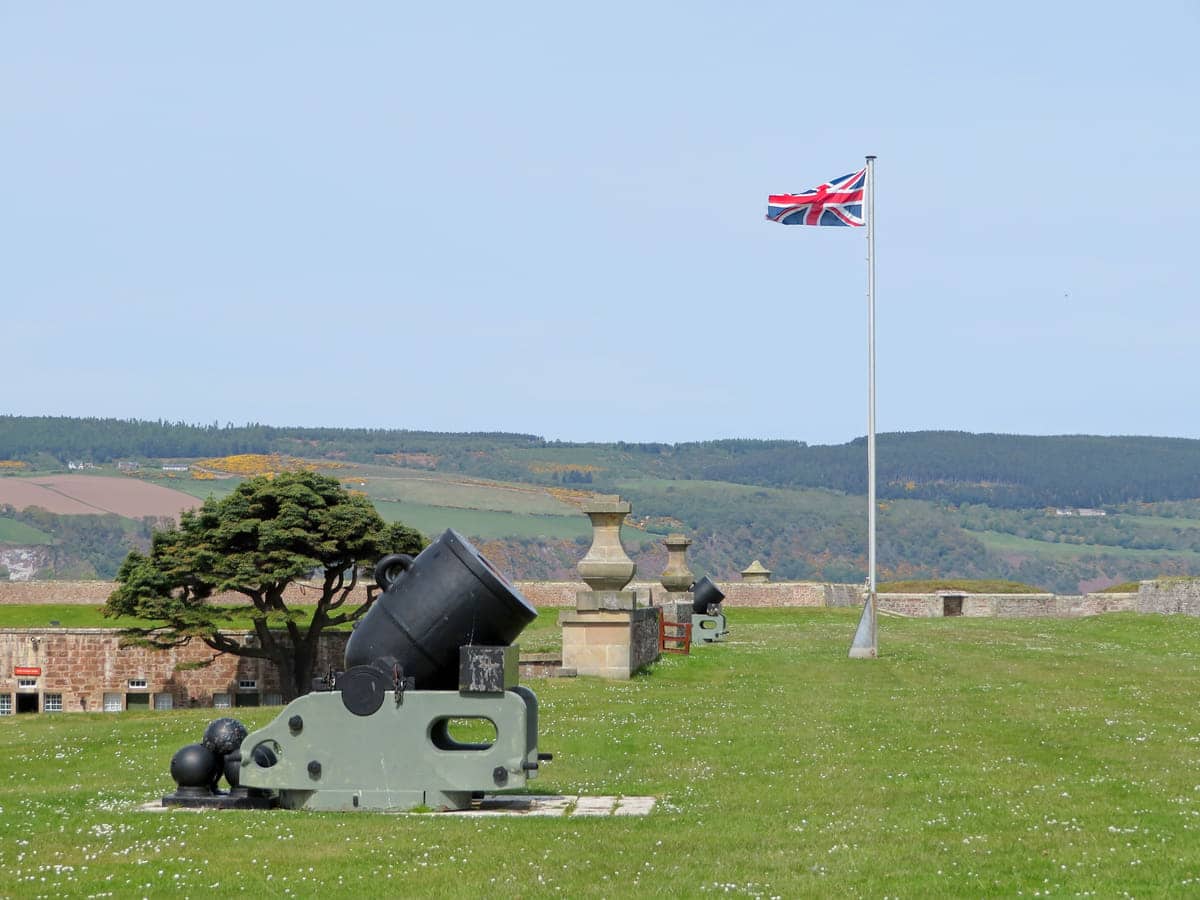
Things to Do Nearby
Culloden Battlefield. Culloden Moor, Inverness IV2 5EU. 23-minute drive.
The site of the last pitched battle to be fought on British soil when the Jacobite uprising was brought to a bloody finale by British government soldiers. The centrepiece is a large memorial and markers for each clan that died in the battle. There is a visitor centre with a museum, a café and a gift shop on the site.
Cawdor Castle. B9090, Cawdor, Nairn IV12 5RD. 17-minute drive.
This is a 14th-century castle with expansive grounds that’s supposedly the inspiration for the story of Macbeth. Visitors can enjoy a nine-hole golf course, a walled garden and ‘the big wood’ – a remnant of an ancient Caledonian forest that has several footpaths running through it.
Inverness Castle. Inverness IV2 3EG. 26-minute drive.
A red sandstone castle that overlooks the River Ness in the city centre. The castle is not open to the public but the grounds can be visited for photo opportunities of Inverness from the elevated hilltop position.
Clava Cairns. Inverness IV2 5EU. 22-minute drive.
Clava Cairns is a Bronze Age burial complex near Inverness in the Scottish Highlands. Consisting of passage graves, ring cairns, kerb cairns, and standing stones, it offers a fascinating glimpse into ancient ceremonial practices. It’s famed for its astronomical alignment and is said to have influenced the ‘Outlander’ TV series.
Nairn Beach. Nairn IV12 4EA. 19-minute drive.
A wide golden sand beach that is several miles in length. Nairn Beach opens up to a large estuary to the west which is a haven for waterfowl. The area towards Nairn offers easy access to cafés and public toilets.
Frequently Asked Questions
Can you walk around Fort George?
Fort George is a working army barracks so some areas are not open to the public, however, the majority of the base is open for public viewing.
Is Fort George free for the military?
Serving members of the British Armed Forces can visit Fort George free of charge. They can also visit Edinburgh Castle and Stirling Castle at no charge. Find more free attractions in the Highlands here.
Was Fort George in Scotland ever attacked?
Fort George was built in the aftermath of the Jacobite uprising of 1745 to allow the British government to maintain control over the Scottish Highlands. Fort George has never been attacked, and it remains in service as a military garrison today.
What regiment is based at Fort George?
Fort George is the garrison for the Black Watch, 3rd Battalion, The Royal Regiment of Scotland (AKA 3 Scots).




